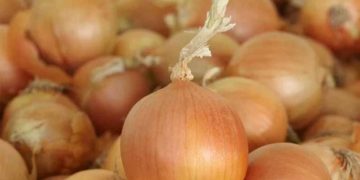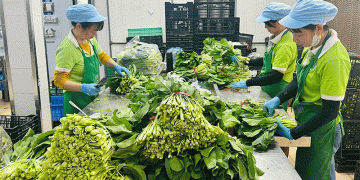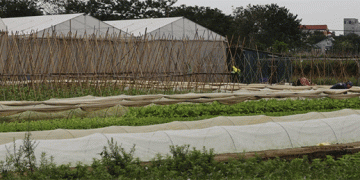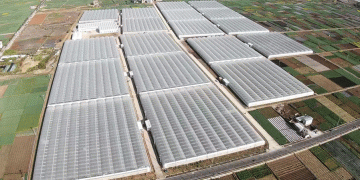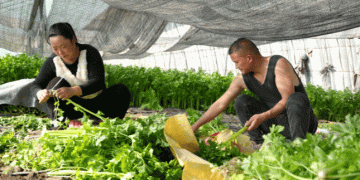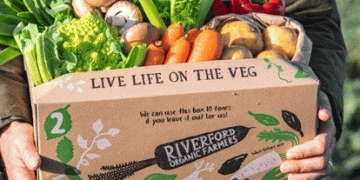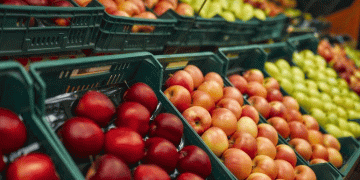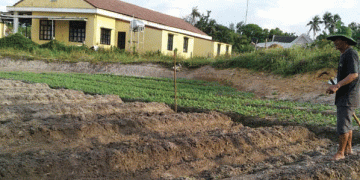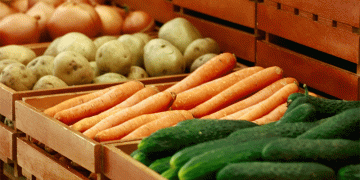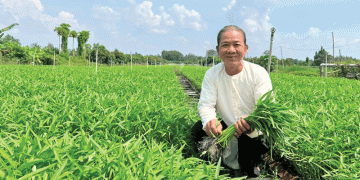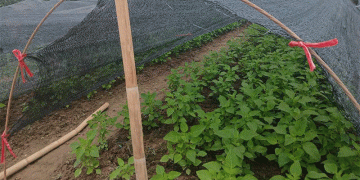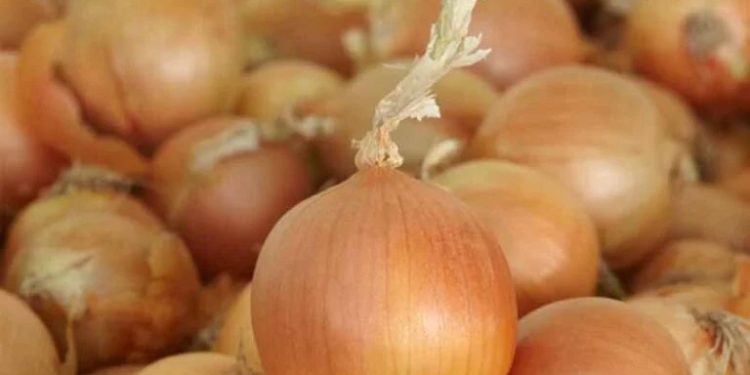Onions are a cornerstone of global agriculture, cultivated in 175 countries, with an annual production exceeding 100 million metric tons—valued at $4.5 billion. China leads production with 24 million metric tons, followed by India (22 million metric tons) and the United States. However, this essential crop faces increasing threats from diseases, climate variability, and shifting consumer preferences.
To address these challenges, Syngenta Vegetable Seeds and Emerald Seed Company have formed a strategic partnership, combining Emerald’s specialized onion genetics with Syngenta’s global research and distribution network. This collaboration aims to accelerate the development of disease-resistant, climate-resilient onion varieties, ensuring stable yields for farmers from subsistence growers to large-scale producers.
Battling Onion Diseases: A Breeding Breakthrough
1. Pink Root Rot (PRR) – A Silent Yield Killer
Caused by the fungus Phoma terrestris, Pink Root Rot (PRR) turns roots pink, leading to decay and yield losses of up to 50% in severe cases. Emerald Seed’s breeding program has successfully developed PRR-resistant varieties, helping farmers maintain healthy root systems and optimal bulb size.
2. Foliar Diseases – A Global Threat
Botrytis leaf blight, Stemphylium blight, and downy mildew devastate onion foliage, reducing photosynthesis and bulb development. In regions like India and the U.S., foliar diseases cause up to 30% yield loss annually. Emerald’s disease-resistant varieties offer a genetic shield, minimizing chemical dependency and improving crop sustainability.
Climate Change: Breeding Onions for a Warmer World
Rising temperatures and erratic weather patterns threaten traditional onion-growing regions. Studies project that global onion yields could decline by 10-15% by 2050 due to climate stress.
Syngenta and Emerald are pioneering heat-tolerant and drought-resistant onion varieties, with early trials showing promising yield stability under stress conditions. Ryan Walker, Syngenta’s Global R&D Lead for Roots and Bulbs, emphasizes:
“We’re not just developing seeds for today’s challenges—we’re anticipating what farmers will need in 10 to 20 years.”
Meeting Diverse Market Needs
Onion breeding is highly location-specific, with varieties tailored to daylight duration, climate, and consumer preferences:
- Short-day onions (11-12 hours of daylight) dominate tropical and subtropical regions.
- Intermediate-day onions (12-14 hours) thrive in Mediterranean climates.
- Long-day onions (14+ hours) are key in temperate zones like Europe and North America.
Emerald’s Mike Dessert, a seasoned breeder with global experience, notes:
“Onion breeding is both an art and a science. We must account for regional tastes—pungent onions in Asia, sweet varieties in Europe—while ensuring disease resilience and storage longevity.”
Empowering Smallholder and Commercial Farmers Alike
- Subsistence farmers (who feed 40% of the global population) often lack access to high-quality seeds. This partnership ensures affordable, resilient varieties reach those who need them most.
- Commercial growers benefit from rigorously tested seeds, reducing crop failure risks and boosting profitability.
A Sustainable Onion Future
The Syngenta-Emerald partnership represents a major leap forward in onion breeding, addressing disease resistance, climate resilience, and market-specific needs. By leveraging cutting-edge genetics and global research, this collaboration is securing the future of onion farming—ensuring food security for millions while supporting farmers at every scale.
